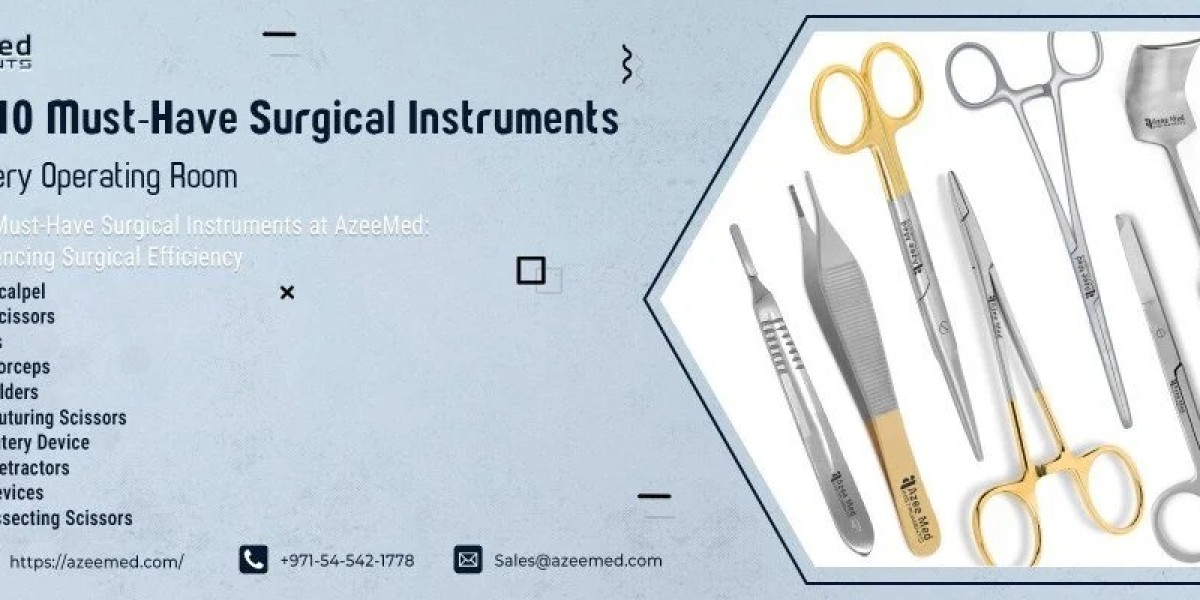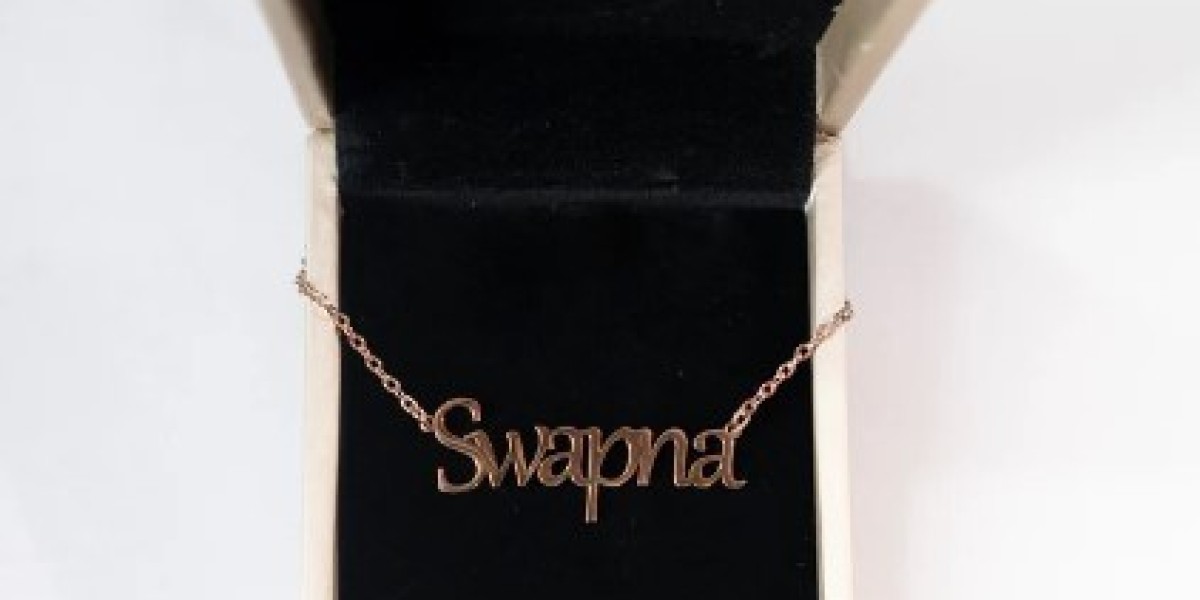Surgical procedures are a cornerstone of modern medicine, and their success hinges on the skill of the medical team and the quality of the tools they use. Surgical instruments are specialized tools meticulously designed for specific tasks, allowing surgeons to perform intricate procedures with precision and efficiency. These instruments are generally made from high-grade stainless steel, often with coatings of materials like chromium or titanium to prevent corrosion and ensure durability. They can be broadly classified based on their function, such as cutting, grasping, retracting, and suturing.

Cutting and Dissecting Instruments
These instruments are the first to be used in most surgical procedures, enabling surgeons to make incisions and separate tissues. The most recognizable is the scalpel, which consists of a handle and a small, sharp blade for making precise cuts in skin and other tissues. Different blade sizes, like the #10 and #15, are used for varying incision lengths and depths. Surgical scissors are another essential tool for cutting tissue, sutures, and dressings. They come in various forms, such as Mayo scissors for cutting tough tissues like fascia, and Metzenbaum scissors with their longer, thinner blades for more delicate dissection of tissues and nerves. Some powered devices, like the electrocautery pen, can also cut and seal blood vessels simultaneously using high-frequency electrical current.
Grasping and Holding Instruments
Grasping and holding instruments are vital for manipulating tissues and materials during a surgery. Forceps are tweezer-like tools used to grasp and hold tissues or objects. They are available in various designs, including toothed forceps for a secure grip on firm tissues and non-toothed forceps for handling delicate tissues without causing damage. Clamps, also known as hemostats, are locking forceps used to control bleeding by clamping off blood vessels. This allows surgeons to maintain a clear view of the surgical field.
Retracting and Exposing Instruments
For a surgeon to work effectively, they need a clear and unobstructed view of the surgical site. Retractors are instruments designed for this purpose, holding back tissue, muscles, or organs to expose the underlying area. They can be either hand-held, requiring a surgeon or assistant to hold them in place, or self-retaining, which use a ratcheting mechanism to stay open on their own. Examples include the Deaver retractor for holding back abdominal walls and the Weitlaner retractor for smaller, deeper surgical sites.
Suturing and Closing Instruments
After the main part of the surgery is complete, the surgical site must be closed. This is where suturing instruments come in. Needle holders are scissor-like instruments used to securely hold a suturing needle while it is passed through tissue. They provide the precision and control needed for stitching. For larger wounds or when speed is a factor, a surgical stapler may be used to close incisions quickly and efficiently.
Conclusion
The vast array of surgical instruments, from the humble scalpel to advanced electrocautery devices, underscores the complexity and precision required in surgical medicine. Each tool, whether for cutting, grasping, retracting, or suturing, has a specific purpose that contributes to the overall success of the procedure. A surgeon's expertise is not just in their technique, but also in their profound understanding and skillful use of these essential instruments.








